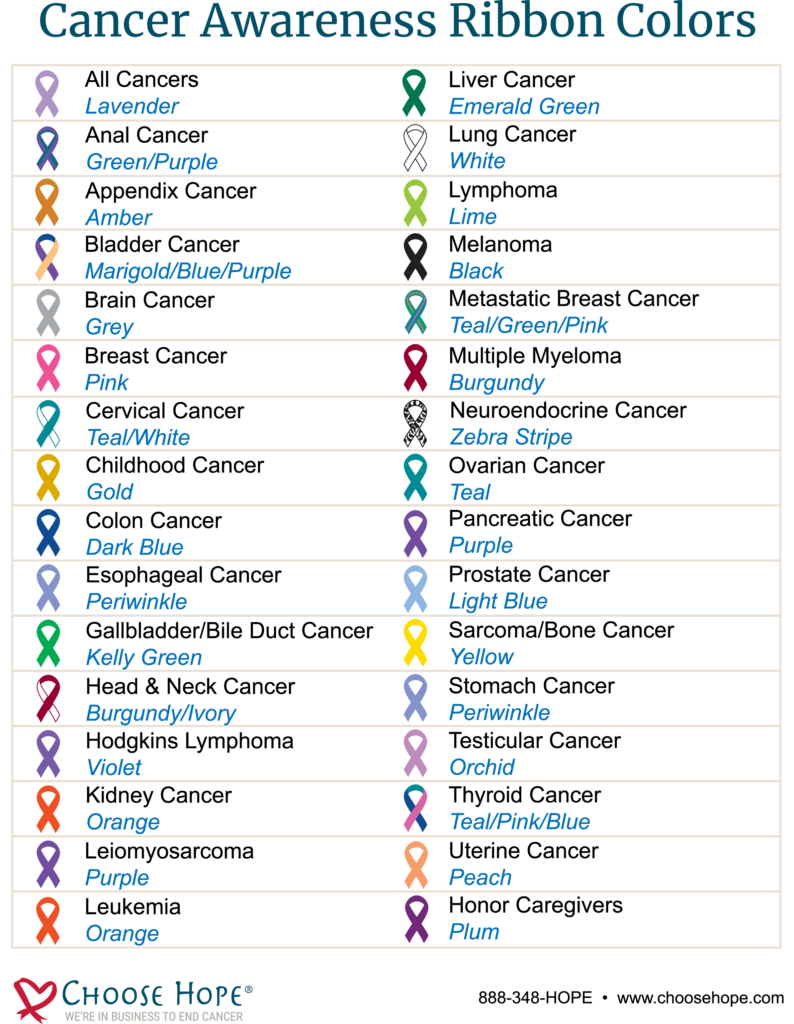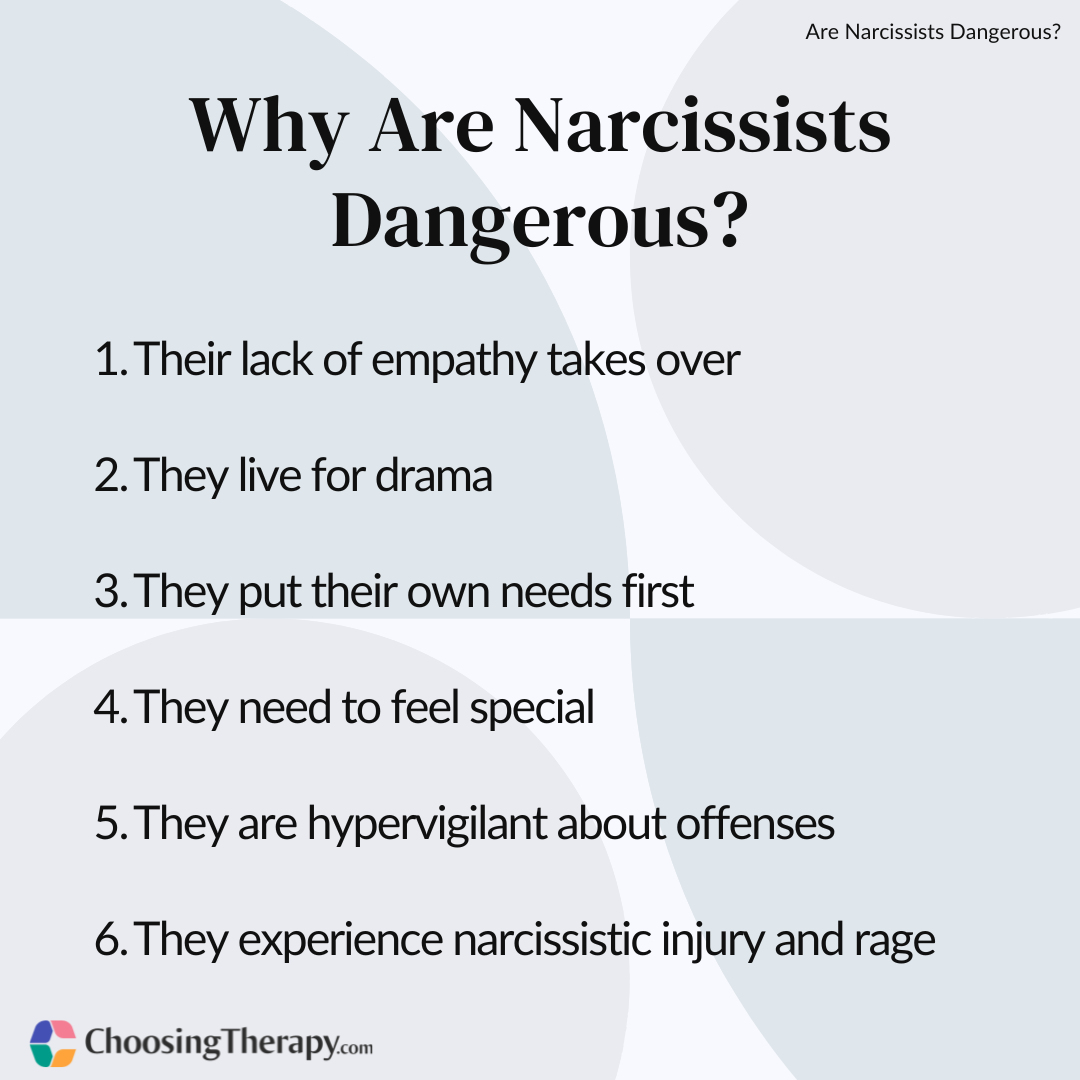Ultraviolet Light Toothbrush Sanitizer

The quest for a healthier smile has led to the development of various oral care tools, including the ultraviolet (UV) light toothbrush sanitizer. This innovative device is designed to sanitize toothbrushes, eliminating bacteria, viruses, and other microorganisms that can accumulate on the bristles. But how effective is this technology, and is it worth incorporating into your daily oral hygiene routine?
To understand the benefits of UV light toothbrush sanitizers, it’s essential to explore the science behind their operation. UV light has long been recognized for its germicidal properties, with the ability to destroy microorganisms by disrupting their DNA. This process, known as ultraviolet germicidal irradiation (UVGI), is commonly used in various applications, including water purification, air sanitation, and medical equipment sterilization.
When applied to toothbrush sanitization, UVGI technology involves exposing the toothbrush to a specific wavelength of UV light, typically in the range of 254 nanometers. This wavelength is effective against a broad spectrum of microorganisms, including those responsible for tooth decay, gum disease, and other oral health issues. By killing these bacteria and viruses, UV light toothbrush sanitizers can help prevent the spread of infection and promote a healthier oral environment.
One of the primary advantages of UV light toothbrush sanitizers is their ease of use. These devices are typically compact, battery-powered units that can be placed on a countertop or stored in a bathroom cabinet. To sanitize a toothbrush, simply place it in the device, close the lid, and press a button. The UV light will be activated, and the sanitization process will begin. The entire process usually takes between 5-10 minutes, depending on the device and the level of sanitization desired.
But how effective are UV light toothbrush sanitizers in reducing bacterial load? Studies have shown that these devices can be highly effective in eliminating microorganisms from toothbrushes. One study published in the Journal of Dental Research found that UV light sanitization reduced bacterial load on toothbrushes by up to 99.9%. Another study published in the Journal of Clinical Dentistry found that UV light sanitization was more effective than traditional methods, such as soaking toothbrushes in mouthwash or replacing them regularly.
In addition to their effectiveness, UV light toothbrush sanitizers also offer several convenience benefits. For example, they can help extend the life of toothbrushes by reducing the need for frequent replacement. They can also provide peace of mind for individuals who share toothbrush holders or store their toothbrushes in close proximity to others. Furthermore, UV light toothbrush sanitizers can be particularly beneficial for individuals with compromised immune systems, such as those with HIV/AIDS or undergoing chemotherapy, who may be more susceptible to infections.
However, it’s essential to note that UV light toothbrush sanitizers are not a replacement for regular toothbrush maintenance. The American Dental Association (ADA) recommends replacing toothbrushes every 3-4 months or sooner if the bristles become frayed. UV light sanitization should be used in conjunction with regular replacement and proper toothbrush care, such as rinsing with water and allowing the toothbrush to air dry.
When selecting a UV light toothbrush sanitizer, there are several factors to consider. Look for devices that have been certified by reputable third-party organizations, such as the ADA or the International Association for Dental Research (IADR). These certifications ensure that the device has met certain standards for safety and effectiveness. Additionally, consider the device’s UV light wavelength, sanitization time, and ease of use. Some devices may also come with additional features, such as timers, indicator lights, or travel cases.
In conclusion, UV light toothbrush sanitizers offer a convenient and effective way to sanitize toothbrushes, reducing the risk of infection and promoting a healthier oral environment. While they should not be used as a replacement for regular toothbrush maintenance, they can be a valuable addition to your oral hygiene routine. By understanding the science behind UV light sanitization and selecting a reputable device, you can take the first step towards a healthier, happier smile.
How do UV light toothbrush sanitizers work?
+UV light toothbrush sanitizers use ultraviolet germicidal irradiation (UVGI) technology to kill bacteria, viruses, and other microorganisms on toothbrushes. The device emits a specific wavelength of UV light, typically 254 nanometers, which disrupts the DNA of microorganisms, rendering them harmless.
Are UV light toothbrush sanitizers effective in reducing bacterial load?
+Yes, UV light toothbrush sanitizers have been shown to be highly effective in reducing bacterial load on toothbrushes. Studies have found that these devices can eliminate up to 99.9% of bacteria and viruses, making them a valuable tool in promoting oral health.
How often should I use a UV light toothbrush sanitizer?
+The frequency of use will depend on individual oral health needs and preferences. As a general guideline, it's recommended to sanitize your toothbrush after each use, especially if you have a compromised immune system or share a toothbrush holder with others.
Can UV light toothbrush sanitizers replace regular toothbrush maintenance?
+No, UV light toothbrush sanitizers should not be used as a replacement for regular toothbrush maintenance. The American Dental Association recommends replacing toothbrushes every 3-4 months or sooner if the bristles become frayed. UV light sanitization should be used in conjunction with regular replacement and proper toothbrush care.
Are there any certifications I should look for when selecting a UV light toothbrush sanitizer?
+Yes, look for certifications from reputable third-party organizations, such as the American Dental Association (ADA) or the International Association for Dental Research (IADR). These certifications ensure that the device has met certain standards for safety and effectiveness.
When it comes to maintaining good oral health, every little bit counts. By incorporating a UV light toothbrush sanitizer into your daily routine, you can take an extra step towards a healthier, happier smile. Remember to always follow the manufacturer’s instructions and guidelines for use, and don’t hesitate to reach out to your dentist or healthcare provider if you have any questions or concerns about using a UV light toothbrush sanitizer.

